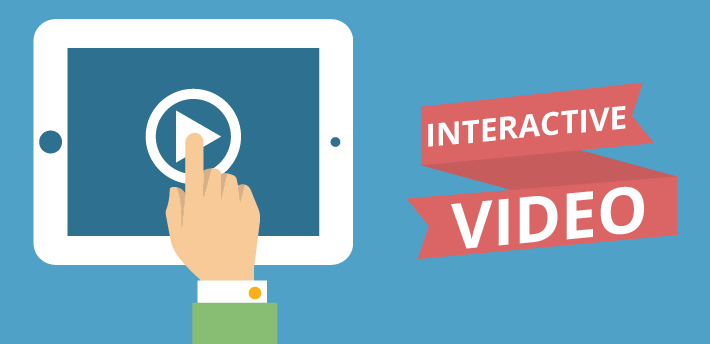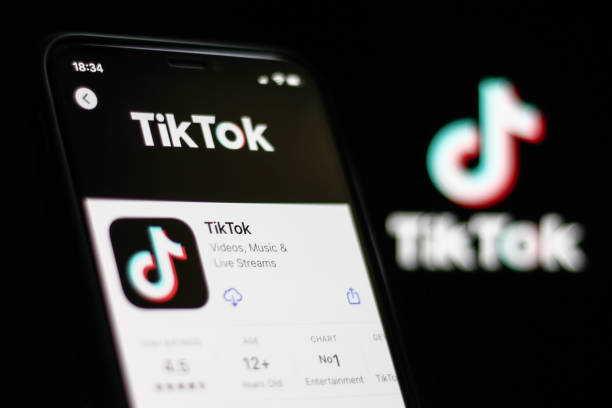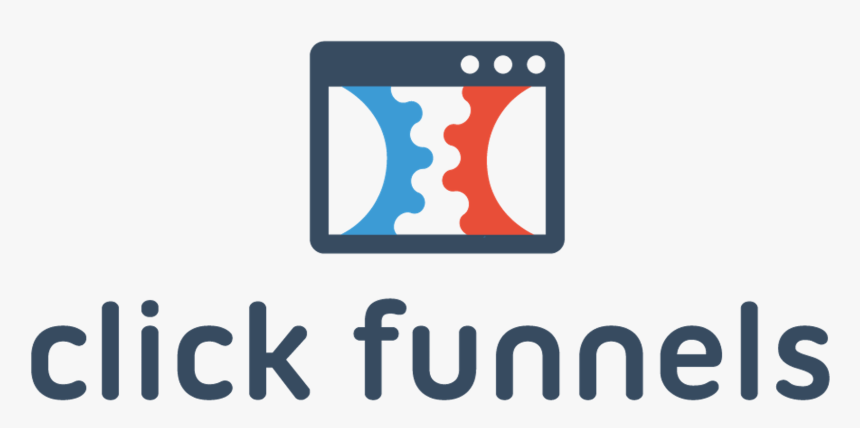Companies use inbound or outbound lead generation or a mix of tactics. Marketers often generate and distribute marketing materials like blog posts or PPC advertisements online via inbound lead generation, while they may also make billboards or TV commercials offline.

To generate outbound leads, merchants contact prospective customers directly by phone, email, or other channels. It is essential to comprehend the distinctions to prioritize reasonable efforts.
Professionals in sales and marketing have also debated the advantages of inbound vs. outbound lead creation. Both sorts may be used as a part of your lead generation plan, but it’s crucial to understand how they vary and when to utilize each.
Learn about the differences between inbound and outbound lead generation and the advantages of each. After that, you may decide how to implement lead generation strategically for your company.
What is Inbound Lead Generation?

The production of content and marketing initiatives that draw website visitors and turn them into leads is known as inbound lead generation.
How does this work?
This works by increasing your brand’s visibility online, on social media sites and search engines, and using relevant content to engage website visitors in information exchange. Exchanging their contact information in exchange for your knowledge and starting a dialogue can attract new customers and build a loyal following.
Buyers may interact and share information at a specific time and location (through a particular channel) when they use inbound marketing. Value in the form of content is employed to develop relationships, get attention, and build rapport.
It is more successful for brands to approach consumers early in the decision-making process, establish trust, and create the capacity to positively impact purchasing processes when they assist consumers in defining, researching, and solving issues and in making better purchase choices.
Consider inbound lead generation as building out a trail of resources and incentives that potential customers may follow to your brand and, ideally, all the way to the bottom of your sales funnel.
Inbound lead generation uses social media and search engines to connect prospects with your content.
Inbound lead generation methods include:
– Content marketing
– Social media marketing
– Search engine optimization
– Email marketing automation
Advantages of Inbound Lead Generation
– Reach is the initial benefit of inbound lead creation. Almost everybody with an internet connection may be reached and engaged via online lead generation. A prominent Google post may direct thousands of potential clients to your website.
– The second benefit is the ongoing market feedback. You may utilize this information to modify your marketing and sales plan by seeing which content your audience responds to the most.
Disadvantages of Inbound Lead Generation
– The primary drawback of inbound lead generation is the time it takes to see results. Before they’re ready to contact you, a prospective lead probably needs many brand touchpoints (articles read, videos viewed, etc.).
– Additionally, you have less control than if you had called the lead and requested a meeting. Finally, you risk losing ground to rivals that invest more money in their inbound marketing strategies.
What is an Inbound Lead?
Any prospect drawn to your content and converts due to your inbound lead generation approach is considered an inbound lead. Inbound leads include those who:
– Download an eBook or a manual
– After reading some pillar content, gets in touch with the sales department
– Makes a demo request after seeing a webinar
– Completes a survey
What is Outbound Lead Generation?

Outbound lead generation sends or pushes communications to a target audience without their permission or prior indication of interest. The prospect is not in control of the timing or location of the contact in this case; therefore, the phrase “interruption marketing.”
Types of Outbound Lead Generation Tactics
Depending on their application, the following strategies, at least in B2B marketing, might be regarded as generally outbound:
– Mass email
– Display advertising
– Cold calling
– Direct mail
Most outbound strategies call for a paid delivery method, which raises expenses. Because of the increased danger, ads often focus on selling rather than providing assistance or education.
Advantages of Outbound Lead Generation
– The possibility for speed is sales prospecting’s main benefit. A single cold call may turn a stranger into an interesting lead in only a few minutes.
– You may also identify the precise individual you want to speak with, do research on them, and develop a message that speaks directly to their need.
– In comparison to inbound lead creation, it is thirdly more proactive. Spend extra time prospecting if you need additional leads in your pipeline; this should provide quick results.
Disadvantages of Outbound Lead Generation
– Outbound prospecting has a drawback in that it has a small audience. A sales representative can probably only make 60 attempts to contact potential customers daily, and many of those leads won’t respond, necessitating more attempts the following day. Putting productivity aside, companies must recruit more representatives to reach customers.
– High rejection rates for vendors are a related drawback that might result in fatigue.
– Additionally, sales representatives lose time they might have spent selling prospects that marketing has developed and validated.
What is an Outbound Lead?
An outbound lead is a potential customer who has agreed to speak with your sales team following your solicitation via an outbound channel, such as a cold email or cold call.
Inbound vs. Outbound Lead Generation

A few distinctions between these two lead generations are listed below:
Speed
The production of inbound leads often takes longer than the creation of outbound leads. Inbound lead generation relies on natural growth and channels, such as word of mouth or search marketing, to draw in new leads, and creating successful marketing campaigns with top-notch content sometimes takes a lot of effort.
Although most contact techniques used in outbound lead generation are quicker than those used in inbound lead generation, research is still necessary to find prospects.
Level of awareness
Compared to outbound lead generation, inbound lead generation often generates leads that are more knowledgeable about your business. Based on personal recommendations or past knowledge of your company, inbound leads get in touch with you on their own.
However, outbound lead generation is comparable to cold calling in that many leads know very little about your business. While some outbound leads could be quite familiar with your business, it’s typically improbable.
Targeting

Outbound lead generation calls for more precise targeting than inbound lead generation. Research and accurate identification of the businesses or individuals you wish to target are required for outbound lead generation. Target markets, however, are less within the control of inbound lead generation. These lead-generating strategies depend on generic traits to attract specific customers.
Trust

Building trust with prospective consumers is necessary for both inbound and outbound lead generation. However, inbound lead generation necessitates establishing reputation and trust before the lead reaches you. After you contact a lead, outbound lead generation focuses on establishing trust and growing a connection.
Timing

Compared to outbound lead generation, inbound lead generation often has excellent timing throughout the buying cycle. Inbound leads get in touch with you, indicating that they are considering or prepared to make a purchase. However, if you cold call outbound prospects, you can contact them when they’re not ready or interested in making a purchase.
Quality
Inbound and outbound lead generation can both generate leads of the highest quality. Nevertheless, inbound leads often have better quality or are more promising. This is because they are already aware of your business and choose to get in touch with you, indicating that they have confidence in you and do not need convincing that your business is of high caliber as an outbound lead would.
Cost

Outbound lead generation campaigns frequently cost more and run more quickly. The most substantial expense is associated with contact strategies and running shorter campaigns to reduce the risk of losing money due to unsuccessful efforts. However, inbound lead generation frequently has lower long-term costs. These gradual efforts rely on drawing in the natural traffic to provide leads.
Conclusion
So, how may leads be generated most effectively?
Should you prioritize outbound or inbound lead generation?
The solution is that you ought to give attention to both.
Marketers feel that inbound and outbound strategies complement one another quite effectively, according to research from Demand Metric.
Use outbound lead generation to start generating leads right now. To maintain growth, stick to your budget and spend the same amount each month.
Don’t anticipate fast results; instead, focus on creating inbound lead-generating assets that will help your organization in the long run while you spend money on outbound lead creation strategies.
You’ll rely more on outbound lead generation at first. The assets you’ve established (social media followings, email lists, SEO, etc.) will allow you to rely less on running adverts in the future if you engage in inbound marketing strategies.
READ ALSO: eCommerce Sales Conversion Funnels: The 2022 Guide for Sales Team
Do you love this article? Get more Updates via Adilo’s Twitter Page.
https://www.jnfmarketing.com/post/inbound-vs-outbound-lead-generation-which-is-better
https://www.leadfuze.com/inbound-vs-outbound/
https://www.randallreilly.com/build-a-full-proof-system-for-generating-leads/
https://callhippo.com/blog/sales/3-amazing-hacks-to-bridge-the-gap-between-outbound-lead-generation-and-sales













